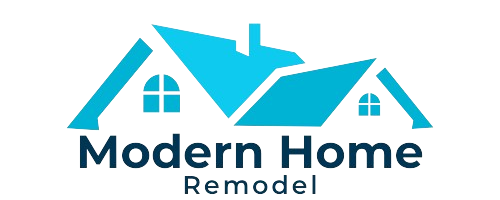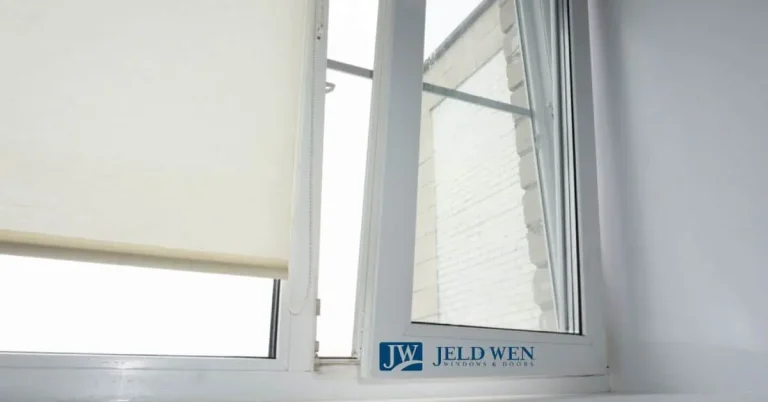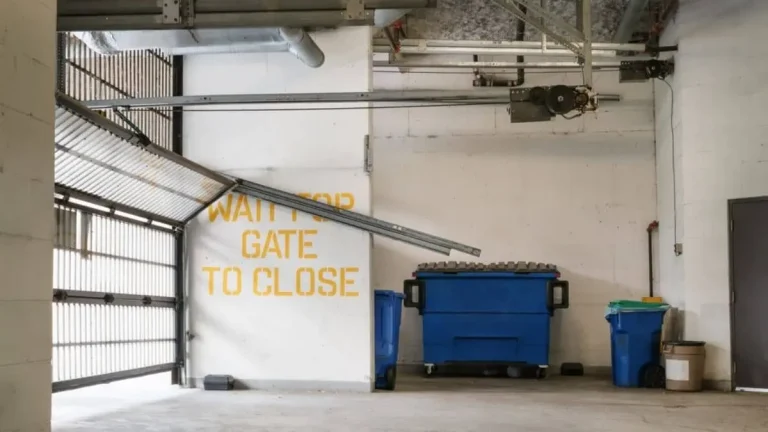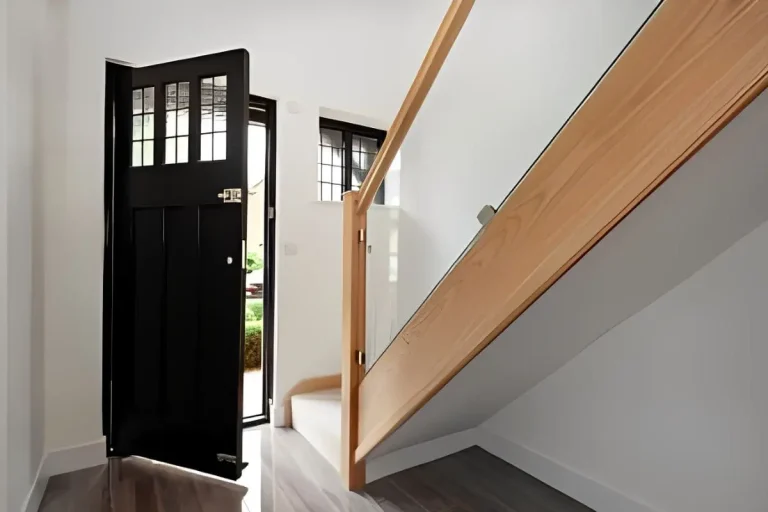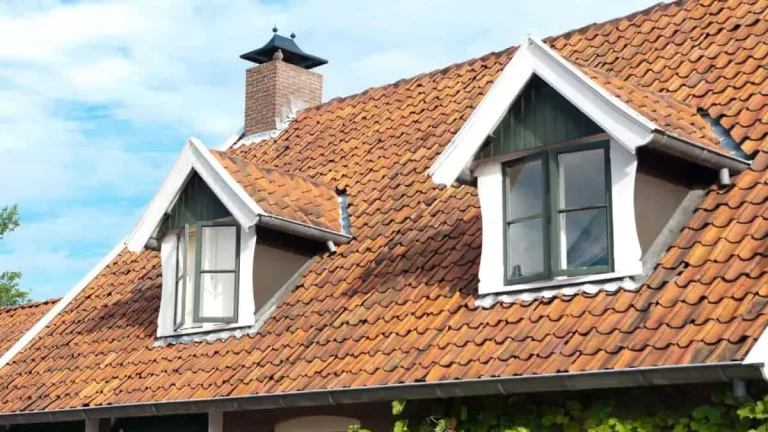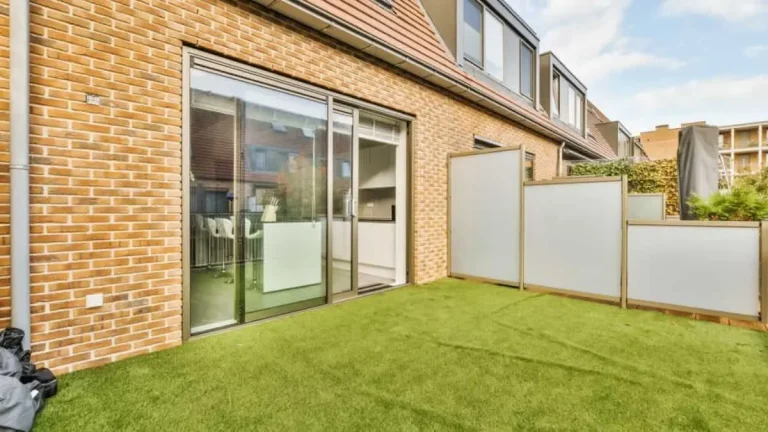Do you ever feel like your windows are holding your view captive? Fixed windows, while they offer plenty of natural light and a beautiful view, lack the functionality of opening to let in fresh air and the sounds of nature.
However, fear not! There’s a solution that allows you to maintain your stunning view while also enjoying the benefits of an operable window. In this comprehensive guide, we’ll explore everything you need to know about this transformative process.
Reasons To Convert Fixed Windows To Openable
Are you considering upgrading the fixed windows in your home or office space? Converting fixed windows to openings can bring about a multitude of benefits, enhancing the overall functionality and aesthetics of any space.
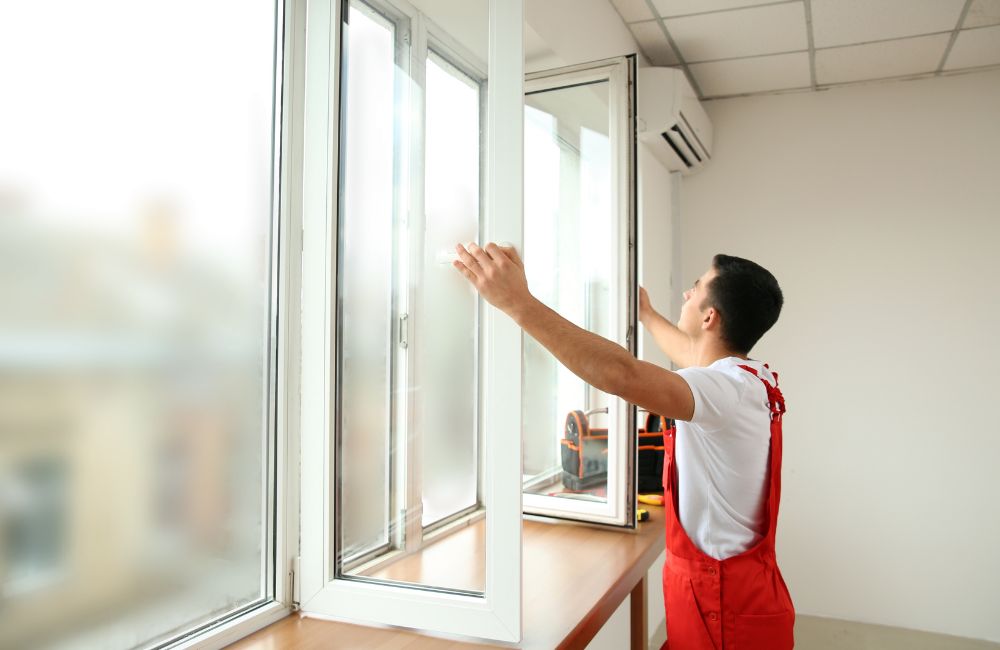
Enhanced Airflow And Ventilation
One of the primary advantages of converting fixed windows to openings is the significant improvement in airflow and ventilation. Fixed windows, as the name suggests, are immobile and do not allow for proper air circulation.
By converting them to openings, you can enjoy a refreshing breeze while creating a more comfortable living or working environment. Whether you are looking to invite the gentle morning breeze or want to let in the cool evening air, windows that can open provide much-needed ventilation.
Improved airflow not only assists in maintaining a pleasant indoor temperature but also helps eliminate stuffiness and reduces the risk of condensation buildup.
Increased Natural Light
Another compelling reason to convert fixed windows to openings is the augmented natural light that floods into your space. Fixed windows, with their limited size and immobile nature, may hinder the penetration of natural light, making rooms feel dim and claustrophobic.
The abundant natural light not only brightens up the room but also brings a warm and inviting ambiance. Research indicates that exposure to natural light can have a positive impact on mood, productivity, and overall well-being.
Improved Safety And Emergency Exits
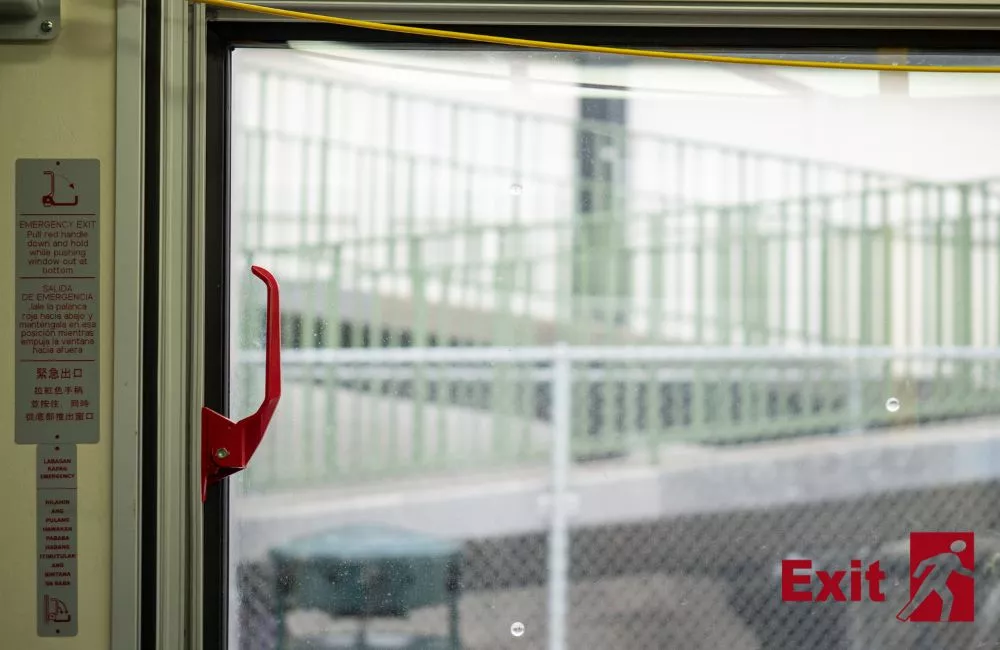
Safety is of utmost importance in any home or commercial setting. Converting fixed windows to openings introduces an additional level of safety and emergency preparedness. In case of a fire or any other emergency, windows that can be opened provide alternative escape routes. This feature is particularly critical in areas like basements or upper floors where rapid evacuation may be necessary.
Additionally, windows that can open allow for easy access during maintenance or cleaning procedures, minimizing the risk of accidents and injuries.
Factors To Consider Before Conversion
Before converting a fixed window to an opening one, there are several important factors to keep in mind. These factors will help ensure a successful and satisfactory conversion, taking into account the structure and condition of the existing window, building codes and regulations, as well as budget and cost considerations.
Structure And Condition Of The Existing Window
The first factor to consider is the structure and condition of the existing window. It’s crucial to evaluate whether the window frame and surrounding structure are solid and in good condition. Any signs of rot, damage, or structural issues should be addressed before proceeding with the conversion.
Additionally, the size and type of the existing window should be considered. Assessing these factors will help determine the feasibility and requirements for the conversion.
Building Codes And Regulations
Another factor to consider is the compliance with building codes and regulations. Different areas may have specific requirements for window installations, including safety measures, egress requirements, and energy efficiency standards.

Before converting a fixed window to an opening one, it’s important to research and understand the local building codes and regulations pertaining to windows. Ensuring compliance with these standards will help avoid potential penalties and safety issues in the future.
Budget And Cost Considerations
The third factor to take into account is the budget and cost considerations associated with the conversion. Converting a fixed window to an opening one may require additional materials, hardware, and labor. It’s advisable to set a realistic budget for the project and gather cost estimates from professionals to determine the financial feasibility.
Moreover, it’s essential to consider long-term savings on energy costs that a more efficient window can provide.
Choosing The Right Openable Window
When considering converting a fixed window to an opening, it is crucial to focus on choosing the right openable window that not only caters to your functional needs but also complements the building’s aesthetic appeal and offers energy efficiency.
Here are three key factors to consider when selecting the perfect window opening:
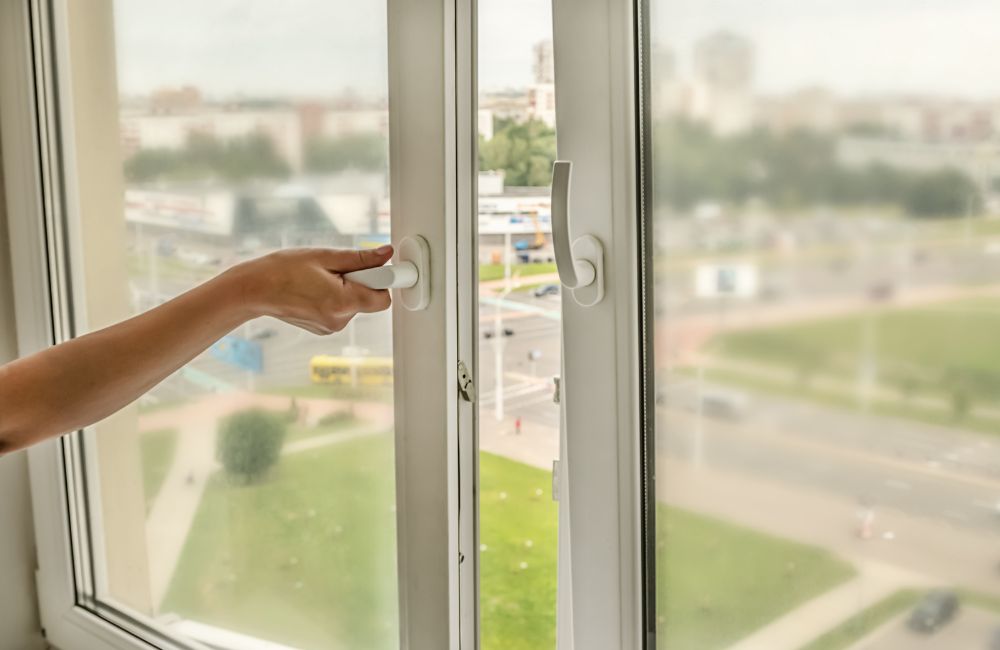
1. Considerations For Functionality And Purpose
When determining the functionality and purpose of your window opening, it is essential to assess your specific requirements and how the window will serve your needs. Think about whether you want a window that opens horizontally like a sliding window or vertically like a single-hung window. Other options might include casement windows that swing open or awning windows that pivot from the top.
Additionally, consider the purpose of the window opening. Will it primarily be used for ventilation, providing natural light, or offering a picturesque view? Understanding the primary function of the window will help you narrow down the available options.
2. Aesthetic Compatibility With The Building
When it comes to converting a fixed window to an opening, it is important to ensure that the new window opening is aesthetically compatible with the building’s design. Consider factors such as the architectural style, color scheme, and overall aesthetic of the property.
Choosing a openable window that complements the existing design will enhance the visual appeal of your space and maintain cohesive aesthetics.
3. Energy Efficiency And Insulation
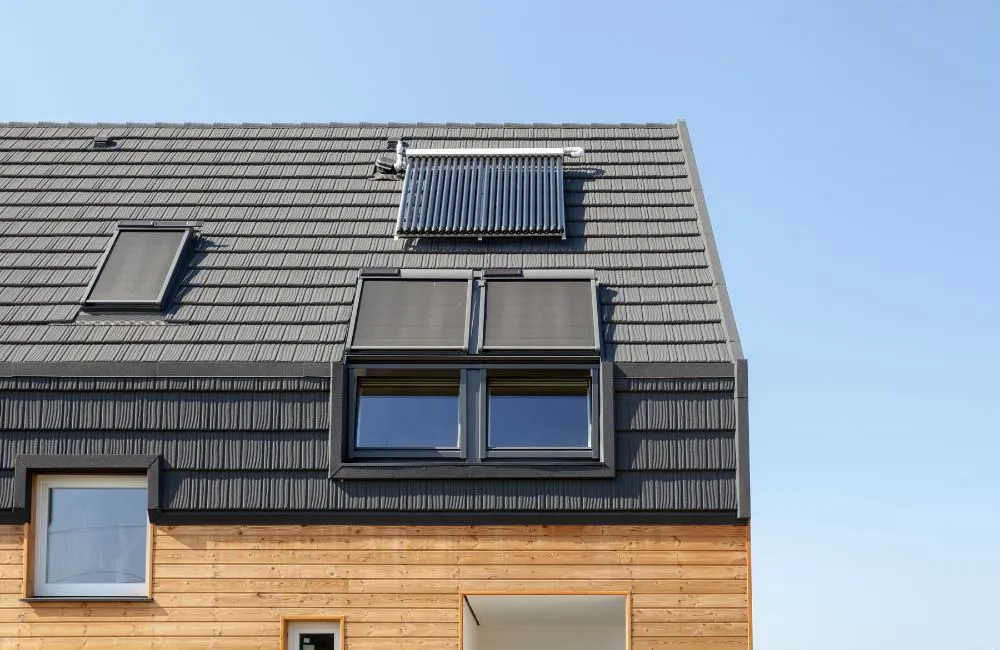
In addition to functionality and aesthetics, energy efficiency and insulation should be top priorities when selecting a openable window. Energy-efficient windows can significantly reduce your heating and cooling costs while creating a comfortable indoor environment.
Look for openable window with multi-pane glass, low-emissivity coatings, and proper weatherstripping to enhance insulation and prevent drafts.
Moreover, consider the window’s U-factor, which measures how well it insulates. The lower the U-factor, the better the insulation.
Additionally, look for windows with high Solar Heat Gain Coefficient (SHGC) ratings if you want to harness the sun’s warmth during the colder months.
Process Of Converting Fixed Windows
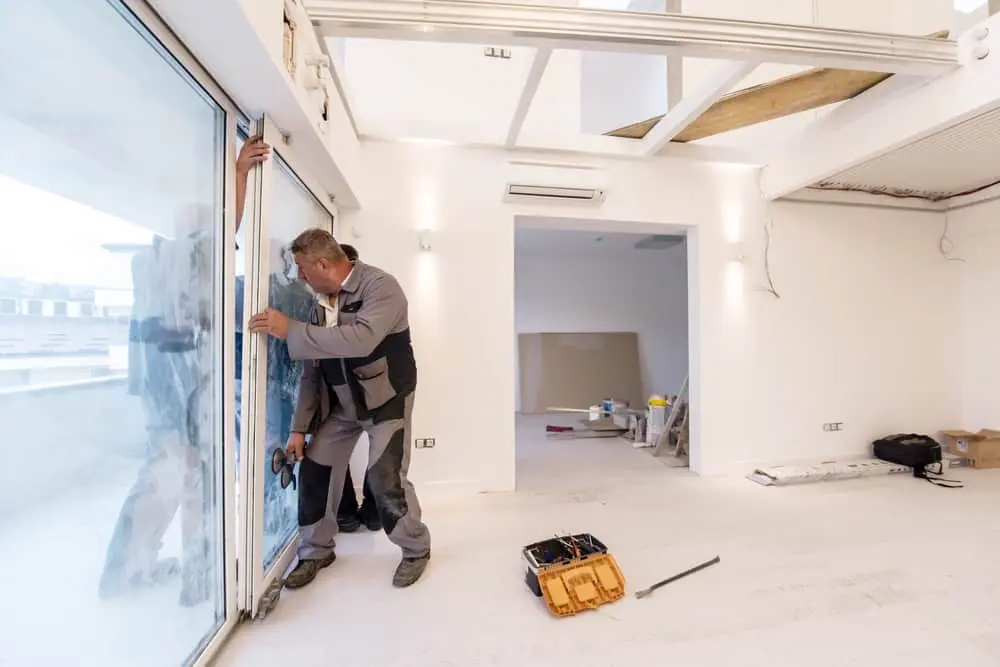
Now, let’s delve into the step-by-step process of converting fixed windows to openable:
- Assessment and Planning: Begin by assessing the existing fixed windows and identifying the best location for operable replacements. Consider factors such as airflow, accessibility, and aesthetic impact.
- Removal of Fixed Windows: Carefully remove the fixed windows, taking precautions to avoid damage to surrounding structures and finishes.
- Installation of Operable Windows: Install the new operable windows according to manufacturer guidelines and industry best practices. Ensure proper sealing and insulation to prevent air leakage and moisture infiltration.
- Finishing Touches: Once the operable windows are installed, apply any necessary finishing touches such as trim work or paint to achieve a seamless integration with your home’s interior and exterior.
- Testing and Adjustment: Test the newly installed windows to ensure they operate smoothly and effectively. Make any necessary adjustments to hardware or sealing to optimize performance.
- Final Inspection: Schedule a final inspection with local authorities to verify compliance with building codes and regulations. Once approved, enjoy your newly transformed windows and the enhanced functionality they provide.
Hiring Professionals Or DIY

When it comes to converting fixed windows, you have the option to either hire professionals or tackle it as a do-it-yourself (DIY) project. Hiring professionals ensures a high-quality and hassle-free installation, as experienced experts can successfully navigate the complexities involved in the process. They have the necessary tools, skills, and knowledge to deliver a seamless conversion.
However, if you have the required expertise and confidence, you can opt for a DIY approach. This allows you to save on labor costs and gain a sense of satisfaction from completing the project yourself. Be sure to thoroughly research the necessary steps, safety precautions, and materials required before embarking on the conversion.
Whichever route you choose, it is crucial to prioritize safety and seek proper permits if required. Ensure that you follow local building codes and regulations to guarantee the structural integrity and safety of the converted opening windows.
Recommended Post: Jeld Wen Window Won’t Open? Quick And Effective Solutions!
Permits And Legal Requirements
When it comes to converting a fixed window to an opening, there are various permits and legal requirements that need to be considered. These requirements ensure that the conversion is done in compliance with local codes, regulations, and historical preservation considerations.

Building Permits
One of the first permits you will need to obtain when converting a fixed window to an opening is a building permit. Building permits are essential as they ensure that the construction work is carried out safely and according to the building codes set by your local government.
These permits typically require a detailed plan of the window conversion project, including the size and type of the new opening, materials used, and any structural changes that may be involved. It is important to note that the specific requirements for building permits may vary depending on your location, so it is crucial to check with your local building department to ensure compliance.
Historical Preservation Considerations
If your property is located in a historical district or has any historical significance, you may need to take additional considerations into account when converting a fixed window to an opening. Historical preservation organizations often have strict guidelines to protect the historical integrity of a property.
These guidelines may dictate the type of window that can be installed, the materials that can be used, and the overall design of the opening.
Before proceeding with any modifications, it is essential to consult with the appropriate historical preservation authority to ensure that you comply with their guidelines and obtain any necessary approvals or permits.
Local Codes And Regulations
In addition to building permits and historical preservation considerations, it is critical to adhere to your local codes and regulations when converting a fixed window to an opening. Local codes and regulations are in place to ensure the safety, energy efficiency, and overall quality of construction projects.
These codes may cover aspects such as proper insulation, fire safety, ventilation, and window sizing. It is important to research and understand the specific codes and regulations applicable to your area before beginning the conversion process to avoid any penalties or complications later on.
Costs And Potential Challenges
When it comes to converting a fixed window to an opening, there are certain costs and potential challenges that homeowners should be aware of. Understanding these factors can help you plan your budget and be prepared for any obstacles that may arise during the conversion process.

Estimating The Costs
Estimating the costs of converting a fixed window to an opening involves considering several factors. Here are some elements to keep in mind when budgeting for this project:
- Window type: The type of window you choose will have a significant impact on the overall cost. Traditional double-hung or casement windows may be more affordable compared to custom-made or specialty windows.
- Size and shape: The size and shape of the window being converted will also affect the cost. Larger windows or uniquely shaped ones may require additional labor and materials.
- Materials: The materials you select for the window frames, hardware, and glass can vary in price. Opting for higher-quality materials may result in a higher upfront cost but could also provide better durability and energy efficiency.
- Labor: The labor cost will depend on the complexity of the conversion and the contractor’s rates. Ensure to obtain multiple quotes from reputable professionals to compare costs.
Common Challenges And How To Address Them
During the process of converting a fixed window to an opening, several common challenges may arise. While these challenges can cause delays or increase costs, addressing them promptly can help ensure a smooth conversion. Here are some challenges to be aware of:
- Structural modifications: Depending on the design of your home, structural modifications may be necessary to accommodate the new opening. Consult with a professional to assess the structural integrity and determine any modifications required.
- Permit and code compliance: Obtaining the necessary permits and ensuring compliance with local building codes is crucial. Familiarize yourself with the regulations in your area and work with a contractor who is knowledgeable about local codes.
- Weatherproofing: Ensuring proper weatherproofing around the new opening is essential to prevent water leaks and drafts. Consider hiring an experienced contractor to handle this aspect of the conversion.
Potential Cost-saving Measures
While converting a fixed window to an opening may involve certain costs, there are potential measures you can take to save money. Consider the following cost-saving strategies:
- DIY installation: If you have experience with window installations and feel confident in your abilities, you can save money by tackling the installation yourself. However, be sure to thoroughly research the process and have the necessary tools.
- Compare quotes: Obtain quotes from multiple contractors to compare prices and determine who offers the best value for money. Keep in mind that choosing the lowest quote may not always result in the best quality work.
- Opt for energy-efficient options: Investing in energy-efficient windows may yield long-term savings on your energy bills. They can help to reduce heating and cooling costs, making them a worthwhile investment.
Conclusion
Converting fixed windows to openings is a transformative process that allows you to unlock your view and enjoy a multitude of benefits, from improved ventilation to enhanced energy efficiency.
By carefully considering the factors involved and following a systematic approach to the conversion process, you can seamlessly integrate operable windows into your home while preserving its beauty and functionality.
So, why wait? Take the first step towards unlocking your view today!
